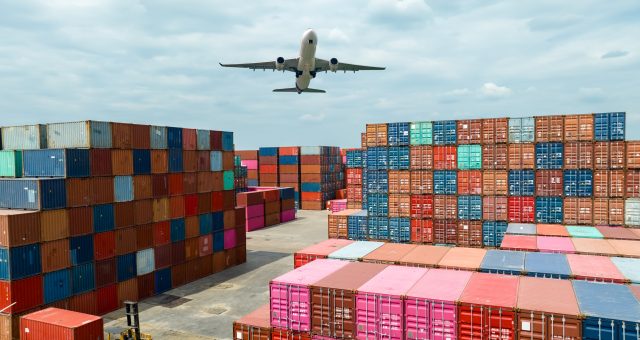
International trade is no longer just a phenomenon between states, but the direct result of interactions between individuals and businesses operating in a transnational and globally interconnected context, characterized by complex economic dynamics. The Trade Barriers Index (TBI) 2025 provides an updated and detailed picture of the impact of trade barriers in 122 countries, which together represent 80% of the global population. It is important to examine and delve into the economic and social implications of trade barriers, highlighting the inequalities they generate in terms of wealth distribution and economic freedom, without forgetting that these elements are also naturally reflected in the quality of life of the population of the states examined and in development opportunities.
TRADE BARRIERS AND IMPACT ON THE POPULATION
In the context of advanced globalization, trade policies play a central role in shaping the flows of goods, services and knowledge, profoundly impacting the structure of national economies and the dynamics of international cooperation. The Trade Barriers Index 2025 highlights how trade barriers are not uniformly distributed, but affect different populations unequally, with significant impacts on productivity and economic well-being. The analysis of these disparities also allows for an important reflection on the level of asymmetry within the global trade system. The demographic analysis through the Trade Barriers Index scores reveals a strong correlation between the level of trade restriction and the economic efficiency of a nation. The countries with the lowest barriers (TBI score between 2.5 and 3.0) are home to only 13 million people, representing 0.15% of the world population. However, these highly open economies contribute significantly to global gross domestic product (GDP), thanks to an environment conducive to innovation, competitiveness and integration into international markets. Conversely, the TBI 5.5-6.0 range – which includes highly restrictive economies such as India and Russia – includes 22.5% of the world’s population but is responsible for just 7.5% of global GDP. This data highlights a strong systemic inefficiency, in which barriers to trade translate into a direct obstacle to economic development and sustainable technological innovation.
THE CORRELATION BETWEEN TRADE BARRIERS AND ECONOMIC FREEDOM
The TBI shows significant correlations with some of the best-known indices of economic freedom and prosperity. In particular, a strong relationship emerges with the Heritage Foundation’s Index of Economic Freedom (0.72), followed by the one 1with the Prosperity Index (0.70). These relationships confirm that economies that are more open to trade also tend to present higher levels of individual freedom, internal competition, innovation and economic resilience in contemporary globalized contexts, which are increasingly interconnected and competitive. Noteworthy is the “Facilitation” component of the Trade Barriers Index, which shows an almost perfect correlation (0.91) with the Network Readiness Index, suggesting that economies capable of reducing technical and procedural barriers to trade are also those best prepared to adopt frontier technologies and digital infrastructures, thus promoting greater inclusiveness and sustainability in development processes. The empirical evidence from the Trade Barriers Index 2025, therefore, suggests that the presence of trade barriers is not only a limit to the free movement of goods, but also an obstacle to the spread of ideas, innovation and competitiveness. Restrictive policies are therefore configured as not only an economic problem, but also a social and cultural one, as they prevent populations from fully benefiting from the opportunities offered by globalization and limit their growth potential. Reversing this trend requires the adoption of more inclusive trade policies aimed at facilitating trade, as well as multilateral interventions to reduce inequalities in the access to markets and technologies, thus promoting greater equity and economic cohesion on a global scale. The analysis of the TBI 2025 clearly highlights how barriers to international trade are closely linked to economic inequality and the restriction of economic and civil liberties. The concentration of populations in countries with high levels of trade restriction represents a limiting factor for global growth and sustainable human development. A coordinated effort is needed to promote greater market openness, accompanied by structural reforms that put people and their ability to exchange, innovate and collaborate across borders at the center, with a view to shared and lasting progress.



 Subscribe
Subscribe